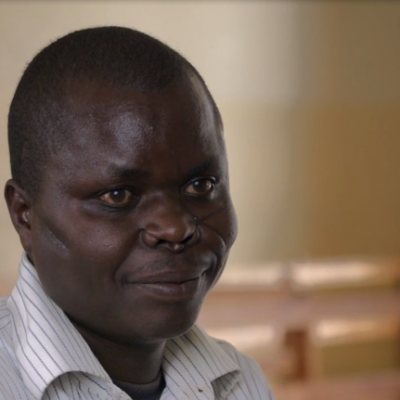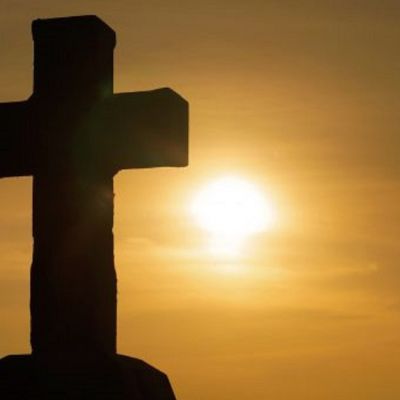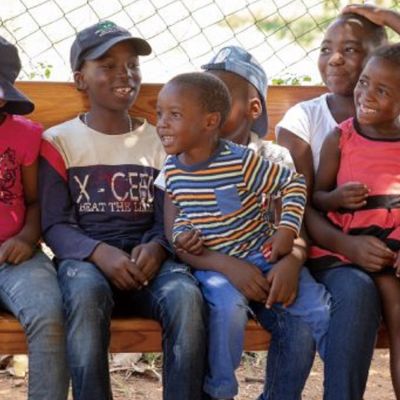Written by: Edward Lai (Senior Communications Officer)
“I give you this calf as a mark of reconciliation” says Innocent, a survivor in the genocide in Rwanda.
He scrubbed the calf’s body with grass, held the rope tied to the neck, and handed it to the “new master” – the one who had tried to kill him with a machete along with other mobs.
There are still many clearly visible scars on his face. Among them, there are two cross-shaped scars on the left cheek, one extending from the forehead down to the nostril, and the other from the cheekbones to the right side of the nose. When he lowered his head, there were also many scars come from cuts by sharp tools above the occiput. These marks did not fade with the years, and engraved on him during the terrible “Godless” time.
“Godless” Time
The time referred to the genocide targeting the Tutsi in Rwanda in 1994, which killed about 1 million people within one hundred days. Similar to Innocent, more than 80% of the victims were Tutsi, and the rest were moderate Hutu.
The one who attempted to kill him and forced him to escape to the jungle was his friend Wellars, who played football with him on the sand during childhood and drank beer with him during the holidays. He was a “good guy” in Innocent’s eyes before the genocide.
It is obvious that the genocide was a premeditated, planned, and systematic extermination operation. However, Innocent could never expect that his friend who spoke the same language, grew up in the same place, and shared the same culture with him would try to murder him. Therefore, he was frustrated when he learned that Wellars had not been sentenced to life imprisonment, even though Wellars had pleaded guilty in court.
26 years ago, nearly 1 million people participated in the massacre. The killers not only came from the army and the police, but also the militia supported by the government, and ordinary civilians. The number of perpetrators was estimated to be as high as 200,000. While some masterminds and major planners were handed over to the International Criminal Tribunal for Rwanda and sentenced to life imprisonment or decades in prison, hundreds of thousands of perpetrators were imprisoned in the country. The perpetrators were usually sentenced from 15 to 20 years, and they returned to their villages after being released. As a large number of them went back and lived next to the genocide survivors again, this was undoubtedly a challenge for the safety of community, and caused tremendous psychological stress to both sides.
When Perpetrators Returned
To the survivors, especially those whose loved ones were killed during the genocide, the terrifying memories would not easily fade away. They could always feel the severe pain when being triggered. Anger, sadness, and bitterness loomed over their hearts, and they would always feel suspicious about people around them. Even if they suppressed their thoughts of revenge, it was difficult for them to suppress their anxiety when facing those who have harmed them in the past. For the perpetrators, the guilt and fear of revenge intertwined inside them. They felt struck between two hard places when meeting the victims.
Christian Action for Reconciliation and Social Assistance (CARSA), a Rwandan Christian organisation and a partner of CEDAR, was established in 2004. Through trauma therapy, peace education, financial assistance and community reconciliation, it healed villagers affected by the genocide. CARSA organised trauma rehabilitation workshops for poor villagers to learn about various emotional responses and origins of stress, so that they learnt how to express and live with their stress and emotion. Although negative emotion still intruded their daily lives, they were now able to be freed from its control.
Heal the Wound and Seek Forgiveness
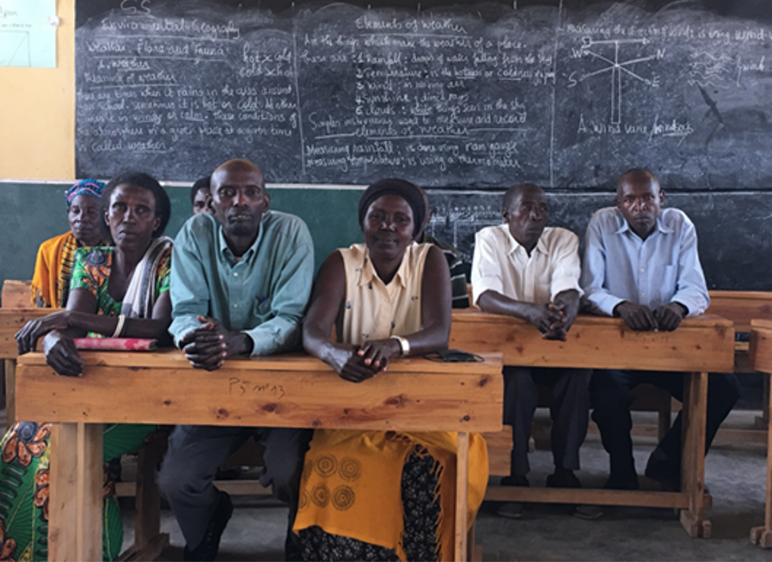
The workshops were held in churches or other community venues for seven consecutive days. All participants were invited beforehand, and the proportion of offenders and survivors was equally divided. In addition to learning about emotion management, participants also discussed forgiveness and repentance, and reconciliation with themselves and others. Forgiveness was not about forgetting the past or justifying the crime. Instead it was accepting the past, letting go of the past trauma that hurt and bound oneself, including bitterness and resentment towards the others. The CARSA staff explained the healing power of forgiveness through formative actions and encouraged participants to write down their inner burdens on a piece of paper, nailing it on the cross, meaning that their burdens were crucified with Christ. Then they took out and burnt the paper, symbolising the release of burden in Christ’s salvation.
Innocent said, “It is very difficult to forgive from the bottom of the heart. Only after attending the CARSA workshop, I learnt that there was another kind of forgiveness”. He was referring to the Christ forgiving those who had hurt him on the cross. “When I understand this (Christ’s forgiveness), I know that we can also forgive.” The CARSA staff who led the workshop explained that forgiveness did not necessarily mean that the offender would repent. Rather it was more for the sake of survivors who would benefit more, as they could choose how to deal with their past and release themselves from their trauma.
The long road to reconciliation has never been easy. Wellars, who was willing to face the truth, had taken the initiative to ask Innocent for forgiveness, and confessed that he had felt guilty for his evil deeds. At that moment Innocent did not say a word after listening. Their relationship only improved when they participated in the workshop together and joined the cell group of reconciliation to regularly share the learning and transformation experience with each other. Due to their active participation, CARSA selected them and other fellowship members who were willing to take a step towards reconciliation to participate in the “Cow for Peace” project.
Cow as a Medium of Peacebuilding
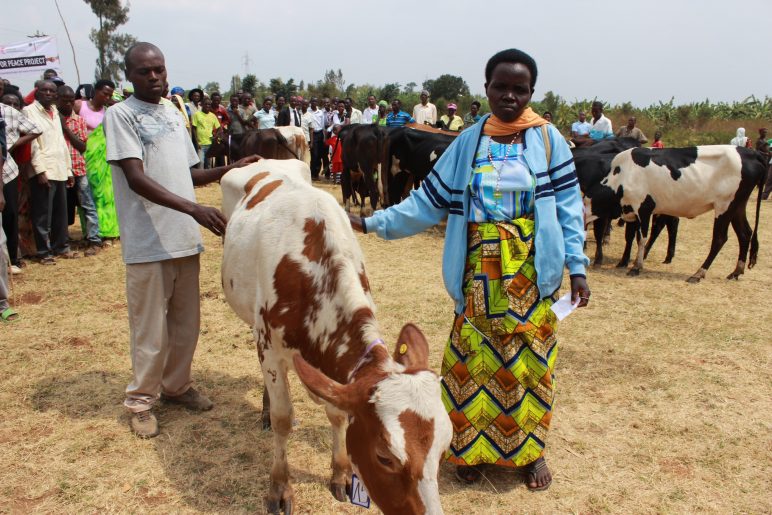
In Rwanda, a cow is a very important cultural symbol, representing the social status and wealth of the owner. In the “Cow for Peace” project, each survivor’s family was given a dairy cow. CARSA would train the beneficiaries how to raise the cow. After that, the perpetrators and survivors built a cowshed together, while the dairy cows stayed in the survivors’ home. Both families shared its products (such as milk, which provided nutrition and income for the families, and cow dung for use as fertilizer). The calf of the cows would then belong to the perpetrator. In this way, as an economic incentive, the cow became a bridge to enhancing both families’ relationship. Through sharing and visits, members in two families connected with each other, and built mutual trust.
When leading the calf home, Wellars said, “When I saw Innocent, I still felt guilty. But when I am in trouble, he would never leave me”. Leaning beside the cowshed, Innocent said calmly, “My sign of freedom is that we share what we have, and I don’t have to worry about him hurting me. When I go home at night, I will never be afraid of an ambush.”
(The CARSA’s reconciliation project mentioned in this article was captured in the documentary Unforgiven in 2014, which won multiple international awards. The story of Innocent and Wellars in this article was quoted from the film. Some of the images were provided by CARSA.)
Project Fact
Since 2019, CEDAR has supported CARSA to carry out a two-year peace and reconciliation project in two communities in the southern province of Rwanda.
108 people participated in the trauma rehabilitation workshop and joined the reconciliation cell groups with their families.
250 people benefited from “Cow for Peace” Project
Content of this issue
Written by: Edward Lai (Senior Communications Officer) “I give you this calf as a mark of reconciliation” says Innocent, a survivor in the genocide in Rwanda. He scrubbed the calf’s body with grass, held the rope tied to the neck, and handed it to the “new master” – the one who had tried to kill him with a machete along with other mobs. There are still many clearly visible scars on his face. Among them, there are two cross-shaped scars on the left cheek, one extending from the forehead down to the nostril, and the other from the cheekbones to the right side of the nose. When he lowered his head, there were also many scars come from…
Written by: Bernard Wong (Assistant Professor (Theological Studies) and Associate Dean of China Graduate School of Theology, Board Member of CEDAR Fund) If a Christian has been wronged, other believers often encourage her to offer forgiveness immediately, for Jesus teaches us to “forgive a brother seventy-seven times.” We may think that a good Christian should endure unfair treatment, and ought to be forgiving under all circumstances. Did Jesus really mean that? “Seventy-seven times” is Jesus’ response to Peter’s question – “How many times shall I forgive my brother or sister who sins against me?”(Matt 18:21-22) However, in the previous passage, Jesus had just discussed the situation of “if your brother sins against you”. Therefore, “seventy-seven times” must be…
Written by Clara Chiu (Head of Partnership Development) In order to transform the society, we first have to give children a chance to grow up healthily so that they can become leaders of good character who obey God’s will. We provide basic life and human rights protection, learning opportunities and spiritual courses for poor children in many countries in Asia, Africa and the Middle East. In the previous year, CEDAR supported 14 partners and carried out a total of 17 children and youth development projects. Among them, we have a 15-year-long project in Zimbabwe to empower children and families affected by HIV/AIDS in the suburbs of the local city of Mutare. In the first phase of the project…



